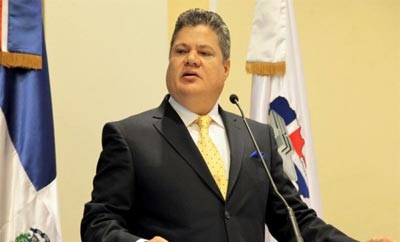Anti-drugs police in the Dominican Republic have revealed how a micro-trafficking network paid local cops over $100,000 in bribes each month, showing how the domestic drug market is spawning ever wealthier and powerful local organized crime groups.
Following the arrest of the alleged leader of the organization, Cristian Pozo, alias “El Matatan,” the president of the Office of National Drug Control (DNCD), Julio Cesar Souffront Velazquez, revealed that a large proportion of police in San Cristobal and three DNCD agents had been facilitating the group’s activities in at least seven sectors of the southern province, reported Noticias Sin.
The gang’s police payroll totaled approximately $140,000 a month, reported El Nuevo Diario.
Dominican Inspector General Francisco Dominguez Brito announced there will be further investigations to determine whether the entire San Cristobal police force had ties to Pozo’s criminal network.
InSight Crime Analysis
Keeping the police on such a hefty payroll suggests the organization run by Pozo was far more sophisticated and powerful than just a local microtrafficking gang, and must have been making considerable profits to afford such payments.
The fact that these profits were available in a comparatively small province outside of the island’s capital further underscores just how much money is passing through the Dominican Republic’s drug market. In a 2011 report (pdf) on drug consumption in the Americas, the Organization of American States noted a rise in the use of crack and heroin on the island but stated it could not quantify it due to the lack of reliable data.
This apparently booming domestic market may well be linked to rises in international trafficking, as traffickers are known to often pay local contacts in product, which is then sold domestically.
US Assistant Secretary of State William Brownfield has long been emphasizing the re-establishment of the Caribbean as a prime drug transit route spurred by the clamp down on drug trafficking in Central American. A record volume of drug seizures last year suggests the Dominican Republic fits this pattern, even though a US funded radar system has cut drug flights substantially.
SEE ALSO: Coverage of the Caribbean
The discovery of the “biggest Caribbean drug lab” in San Cristobal last September suggests that cocaine paste as well as powder is being imported into the country, which could also have implications for the domestic market. This cheap and highly addictive smokeable form of cocaine is often sold instead of processed and has rapidly become a mainstay of drug markets elsewhere.

